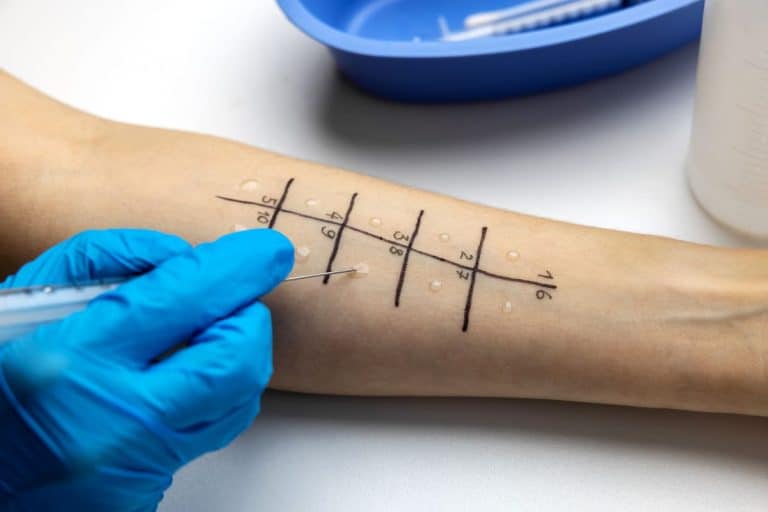Ear Nose and Throat Allergies are primarily caused by inhaled allergens from the environment. Knowing this, we test for allergens native to our geographical region that have the most potential to cause symptoms. These include:
- Grasses
- Trees
- Cedar
- Weeds
- House Dust Mites
- Molds
- Danders

Skin Prick Testing
The initial step uses prick testing to screen for positive reactions to the allergens listed above. The skin is pricked with a lancet to introduce a small amount of allergen under the skin The skin is observed for a reaction, such as swelling, redness, or a small bump called a wheal.
Intradermal Testing
If skin prick testing results are positive, we move forward with small injections under the skin on your shoulder called “intradermals” to identify the severity of the allergy and to prepare for allergy shots. Potential reactions include redness, or itchy, raised skin.
Blood Testing
Skin testing is the preferred method. Blood testing is reserved for patients who have underlying health or skin conditions that render skin testing unsafe or unreliable.
Call ENT and Allergy Center for more information or to schedule an appointment.
(479) 521-0455